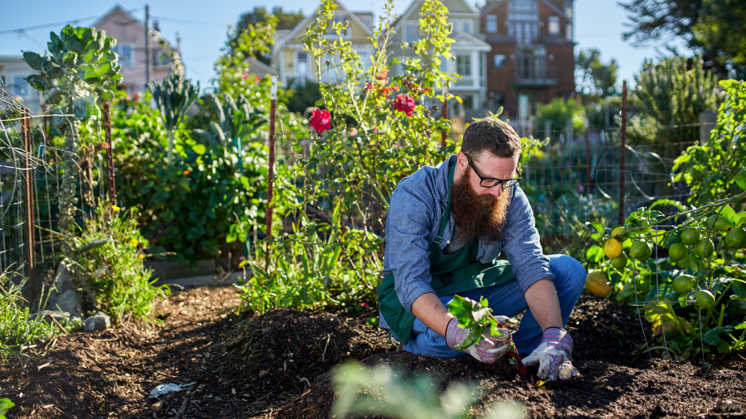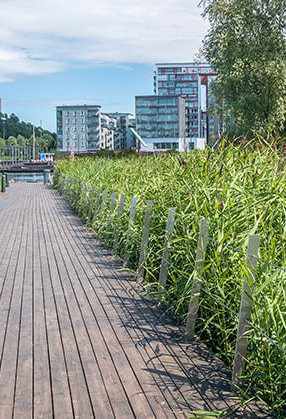What is urban horticulture?
Discover how to set up a vegetable garden at home and what the advantages are
The Food and Agriculture Organization of the United Nations (FAO) asserts that urban vegetable gardens can be much more ecological and efficient than traditional ones, producing as much as 20 kg of food per year per square metre. We explain to you what this domestic horticulture involves and how to set up a vegetable garden at home.

Urban agriculture is changing the landscape in cities, with thousands of small-scale operations proliferating that are growing plants and raising animals either at ground level or on rooftops and terraces. This sustainable movement, which many countries still do not recognise as a formal activity, is practised by 800 million people worldwide and helps low-income citizens save money on food purchases, according to the FAO.
What is urban horticulture?
Urban horticulture is the cultivation of vegetables, fruits, aromatic plants or medicinal herbs, among other things, outside or in enclosed spaces on a domestic scale. This practice takes place in and around cities, along with other examples of urban and peri-urban agriculture (UPA) such as aquaculture, livestock and forestry, which provide fish, meat, dairy products and timber to the community.
The first urban allotments came into being with the industrial revolution, and they became popular several decades later during the two world wars, when major British and North American cities promoted them among their inhabitants for propaganda purposes and to ensure the supply of food to the population without having to rely on imports. These 'victory gardens' as they were called provided as much as 40% of the vegetables consumed in the United States.
Benefits (and a few risks) of urban vegetable gardens
The FAO maintains that urban vegetable gardens bring many benefits to cities, and highlights the following:
Nonetheless, the United Nations also identifies some risks associated with urban allotments, such as:
Which seeds do I plant in which season?
- Spring
- Summer
- Autumn
- Winter

-
Melon
-
Cauliflower
-
Aubergine
-
Water melon
-
Cucumbers
-
Peppers

-
Rocket
-
Kale
-
Artichokes
-
Potatoe
-
Lettuce
-
Broccoli

-
Chard
-
Onion
-
Carrots
-
Radishes
-
Cabbages
-
Celery

-
Tomatoes
-
Spinach
-
Leaks
-
Fennel
-
Cauliflower
-
Chives
Source: Bioguía.
SEE INFOGRAPHIC: Which seeds do I plant in which season? [PDF]
Urban vegetable gardens in the new sustainable cities
Urban vegetable gardens as examples of city sustainability first came about in the 1960s, linked to environmentalism and the movements campaigning for a more natural, fairer and more caring world. Groups such as the US Green Guerrillas were pioneers in transforming domestic agriculture into a path to self-management, social inclusion and a thriving community life.
Since then, community gardens have become much more than vegetable plots. They have become spaces for leisure, relaxation, environmental education and for experiencing healing therapies in natural surroundings. Many citizens now habitually play an active part in private or community urban vegetable gardens, and municipal authorities even include them in their sustainable town planning.
Tips for setting up an urban vegetable garden at home
If you're thinking of growing your own food at home, follow these tips on how to set up a domestic urban vegetable garden:

The importance of urban parks
They help to fight pollution and encourage biodiversity in city centres.

Green corridors, how to take care of environment
A strip that links natural areas of the city.

Eco-neighbourhoods: the future of cities
Environmentally conscious citizens are pinning their hopes on eco-neighbourhoods.


















